Elephants don’t just move across landscapes; they move each other. When a calf cries, adults converge like a living shield, trunks reaching, rumbles pouring out like comfort in sound. Researchers have been quietly documenting these moments and finding a startling pattern: complex care, targeted helping, and even apparent consolation are not exceptions but part of elephant social life. The mystery is no longer whether elephants feel – it’s how far that feeling goes and what it means for us. The evidence now hints at something bracing: in certain contexts, elephants may express empathy more reliably, and more communally, than we do.
The Hidden Clues
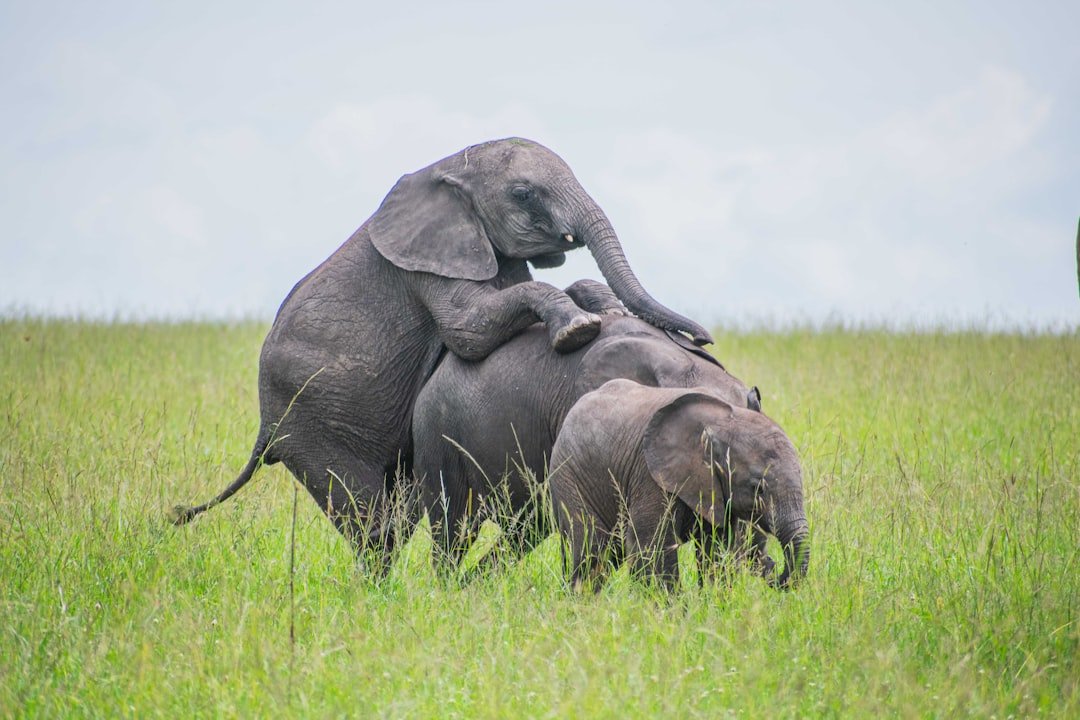
Empathy is tricky to measure in the wild, so scientists lean on behaviors that map onto its different layers: emotional contagion, consolation, and targeted helping. In elephant families, distressed individuals are approached, touched, and surrounded by companions who mirror their state and then reduce it, a pattern consistent with consolation. Observers have recorded adults guiding anxious calves with gentle trunk touches and placing themselves between a threat and a vulnerable family member. These gestures are not random; they are context-sensitive, timed to moments when another elephant clearly needs support. Taken together, the sequence looks like a social reflex to relieve another’s distress, not a simple reaction to noise or movement.
Signals in Sound and Touch
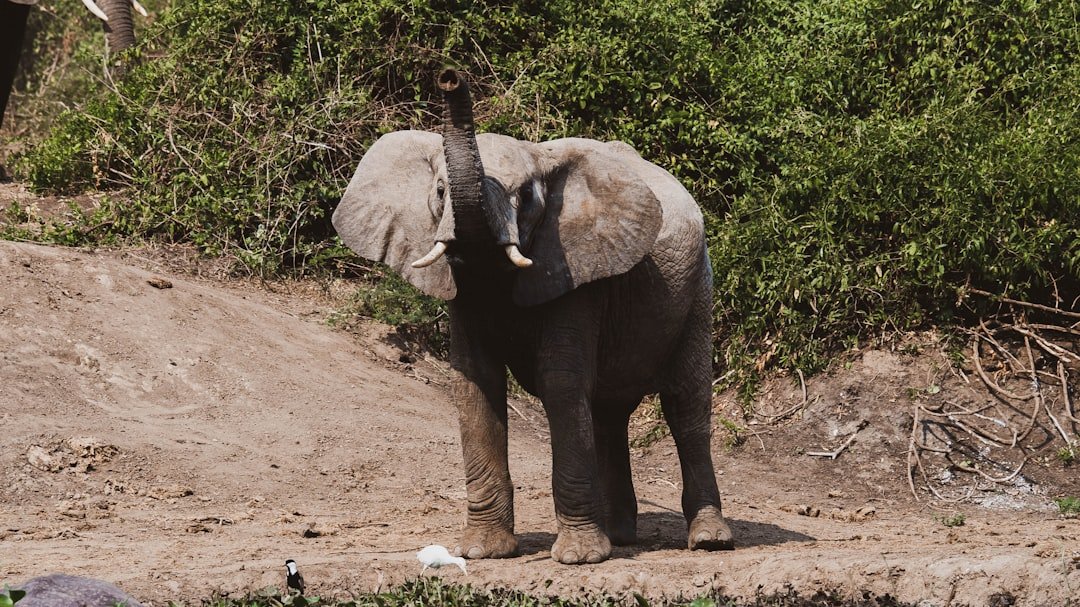
Elephants communicate comfort and intent through a layered mix of low rumbles, tactile contact, and posture that reads like body language you can feel. Those infrasonic calls, too deep for human ears, can travel for kilometers, summoning allies or soothing family without a visible cue. Trunk-to-mouth and trunk-to-temple touches appear during reunions or after agitation, acting like reassurance signals that quiet the group. Even ear position and head tilt carry meaning, helping relatives coordinate without escalating stress. It’s a full-bodied empathy toolkit – voice, touch, and choreography – built for calming the collective.
Brains Built for Feeling
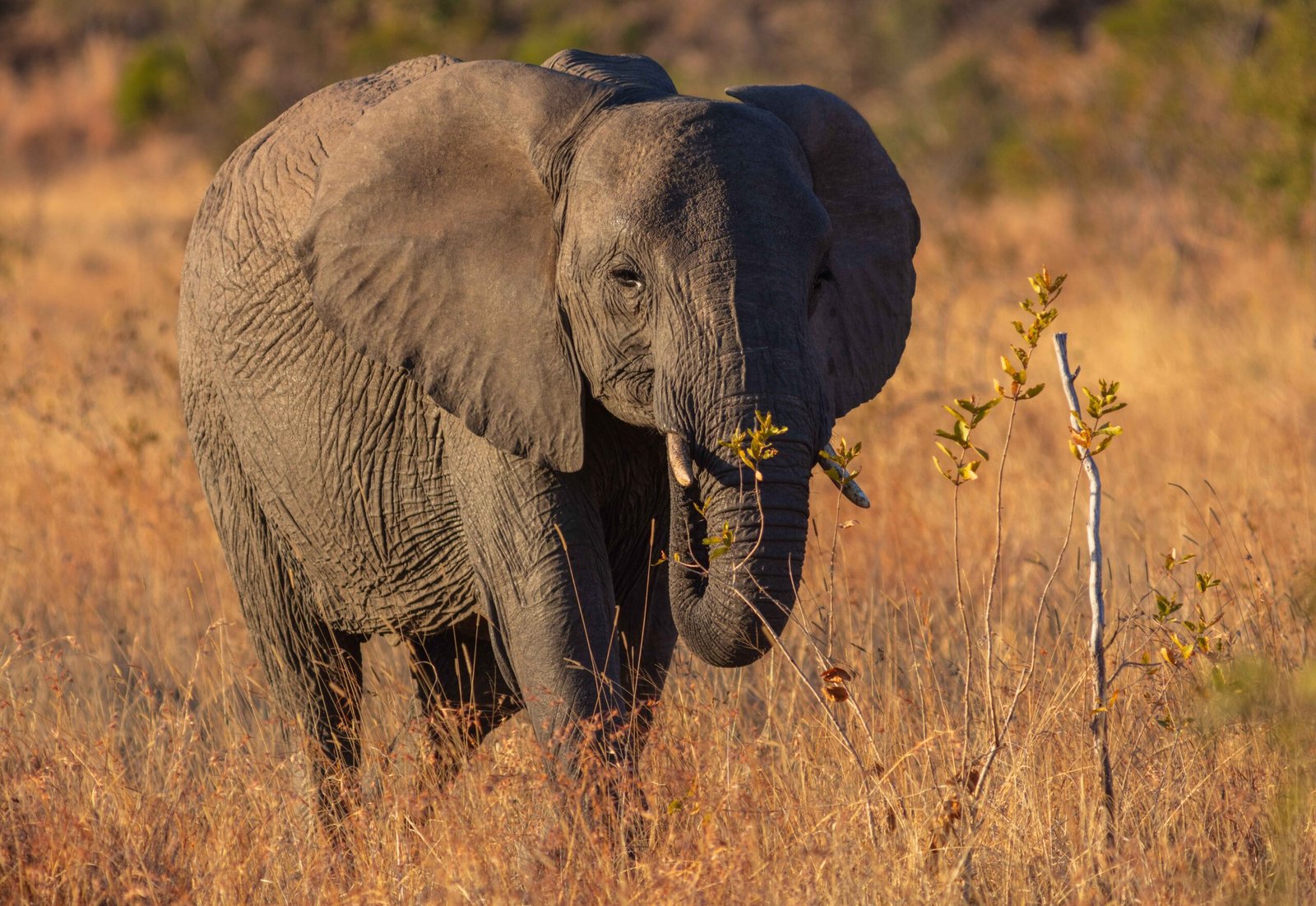
The elephant brain is massive, but size alone doesn’t explain social nuance; what matters is architecture. Neural features linked with rapid social evaluation in other large-brained mammals – specialized projection neurons and expanded association cortices – are present in elephants, supporting complex emotional processing. Long-term memory networks allow matriarchs to store decades of social history, so responses to distress are informed by who is calling, what happened before, and what usually works. That memory acts like a social database, shaping decisions about when to step in and how to de-escalate. When compassion needs context, elephants seem ready with the backstory.
From Ancient Tools to Modern Science
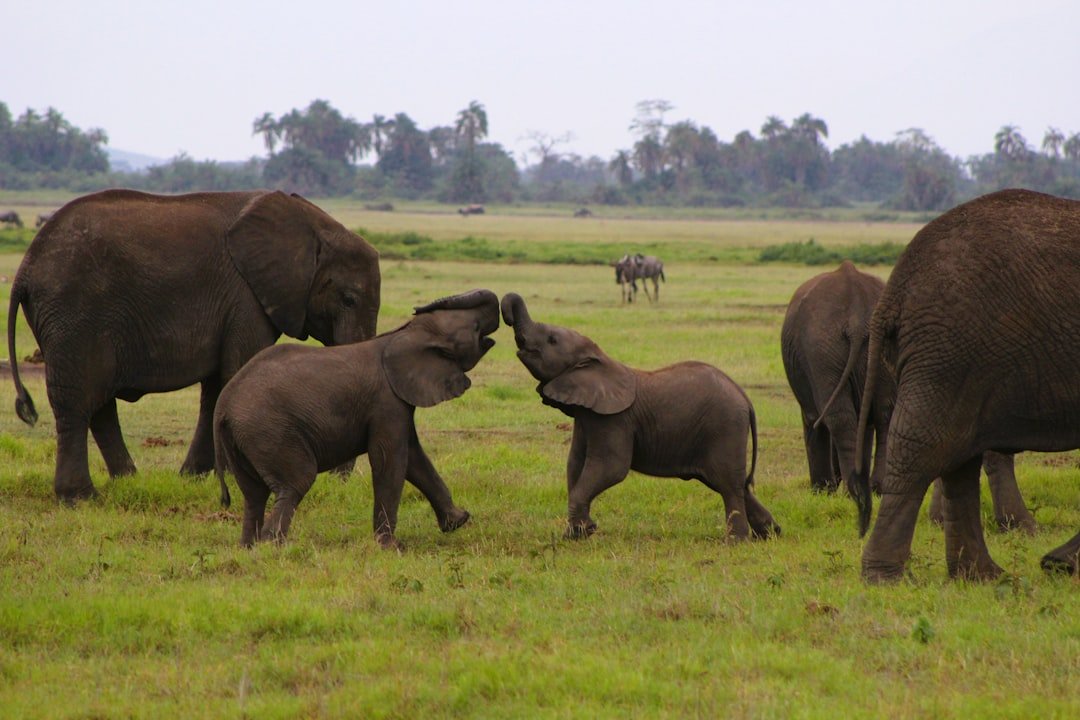
Our understanding of elephant empathy has deepened thanks to a blend of classic field watching and new instruments that quietly eavesdrop on life in motion. Bioacoustic recorders capture infrasonic exchanges across distances, linking specific calls to caregiving events in real time. GPS collars and proximity sensors reveal who approaches whom after a disturbance, turning hunches into testable patterns. Hormone assays from dung samples help connect behavior with physiology, showing when tension spikes or eases after comfort signals. The result is a layered portrait: sound, movement, and stress chemistry lining up to tell the same story of social soothing.
Cross-Species Comparisons
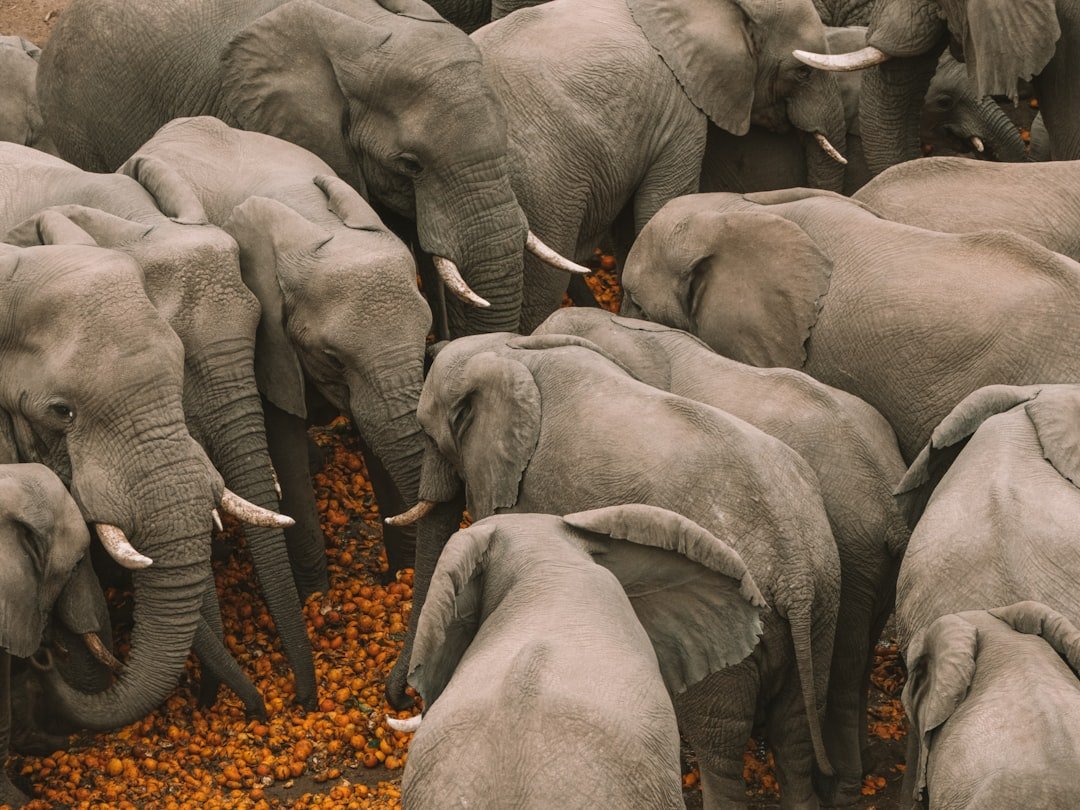
Empathy-like behaviors aren’t unique to elephants – great apes, cetaceans, corvids, and even rodents show versions of consolation and helping. What stands out for elephants is how consistently support seems to involve the group, not just a bonded pair. Their interventions are often public, coordinated, and sustained, like a neighborhood response rather than a private moment. Structured cooperation tasks also show elephants can wait for partners and adjust actions based on another’s role, a building block for prosocial problem-solving. While it’s hard to rank species on empathy, elephants keep clearing the bar across multiple tests and real-world crises.
Why It Matters
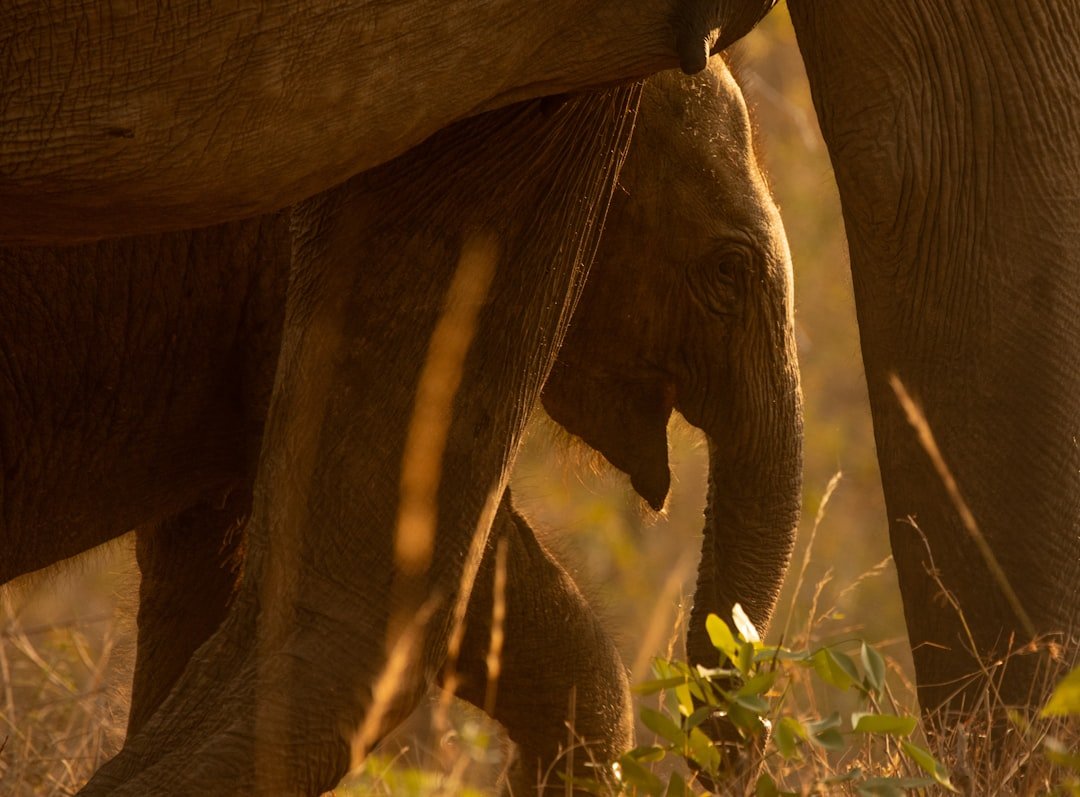
Empathy is not just a feel-good trait; it’s an evolutionary strategy that keeps families alive under pressure. In elephants, empathic coordination appears to stabilize groups, reduce costly fights, and speed conflict recovery – advantages that ripple into survival and calf success. For scientists, these behaviors challenge old ideas that tied sophisticated empathy primarily to primates, pushing us to refine how we define and detect it. For people, the comparison hits close to home: if elephants organize care so reliably, what does that say about the social safety nets we build or neglect? Studying elephants ultimately loops back to us, exposing how culture, stress, and choice shape our own empathy in the wilds of daily life.
Field Notes from Africa and Asia
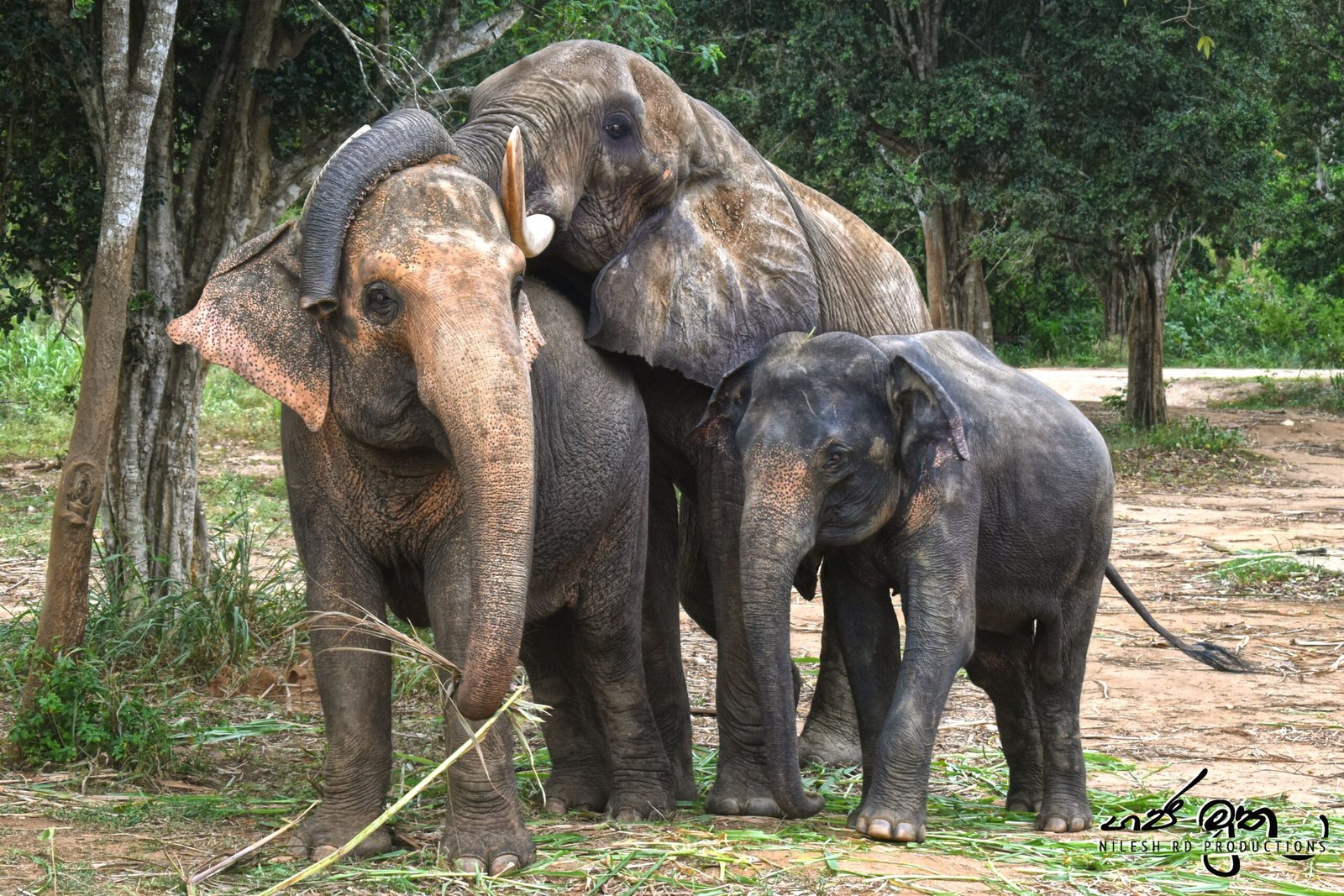
Across savannas and forests, the same motifs repeat with local accents: older females leading calmly, a choreographed hush after alarm, and careful guarding of infants. In East Africa, families often bunch tightly during lion roars, then relax in a wave after contact calls confirm safety. In Asian forests where visibility is poor, tactile reassurance seems to matter even more, with frequent trunk touches guiding juveniles through dense cover. Human pressure complicates everything, raising baseline stress in some populations and disrupting the very rituals that regulate fear. Yet even in landscapes frayed by roads and farms, elephants keep stitching the group back together, one gentle touch at a time.
The Future Landscape
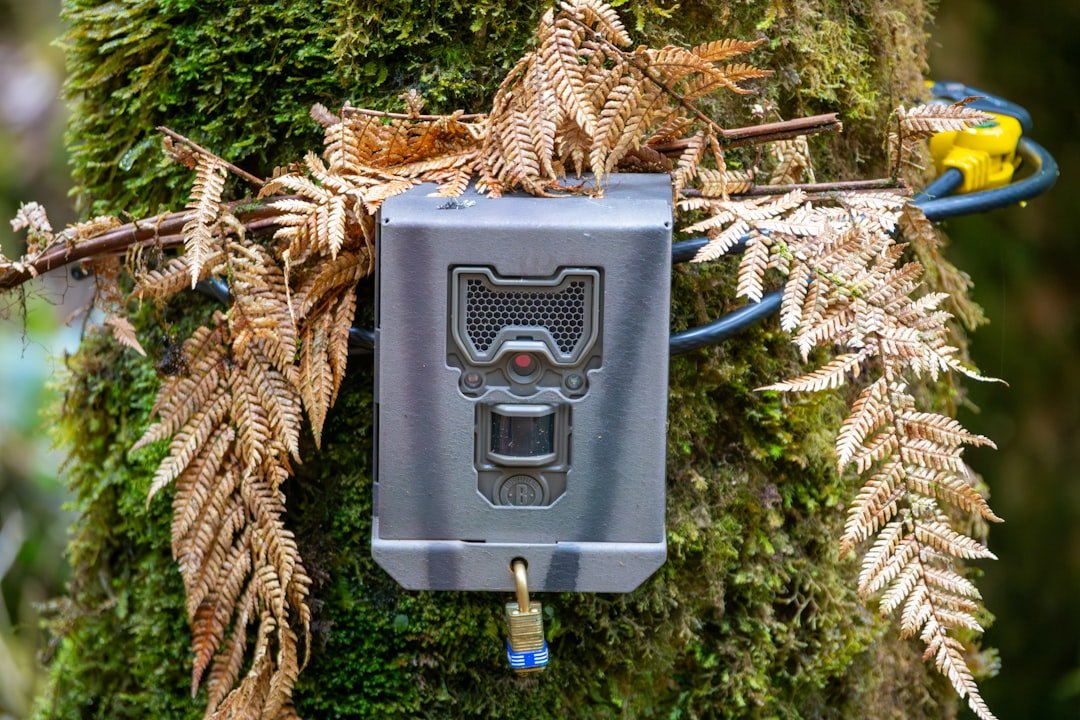
What comes next is a fusion of listening and learning at scale: machine-learning models sorting terabytes of rumbles to identify comfort calls, and satellite-linked collars mapping social rescues in near real time. Thermal drones and ground sensors can flag nighttime conflicts and track how quickly families reconvene and calm, turning empathy into a measurable conservation indicator. Researchers are also exploring how drought and heat reshape social support, asking whether climate stress stretches or strengthens the empathic net. Ethical questions loom – how much should we instrument an animal to study care without undermining it? If we get the balance right, conservation could shift from counting bodies to counting bonds, protecting the behavior that protects the herd.
Conclusion
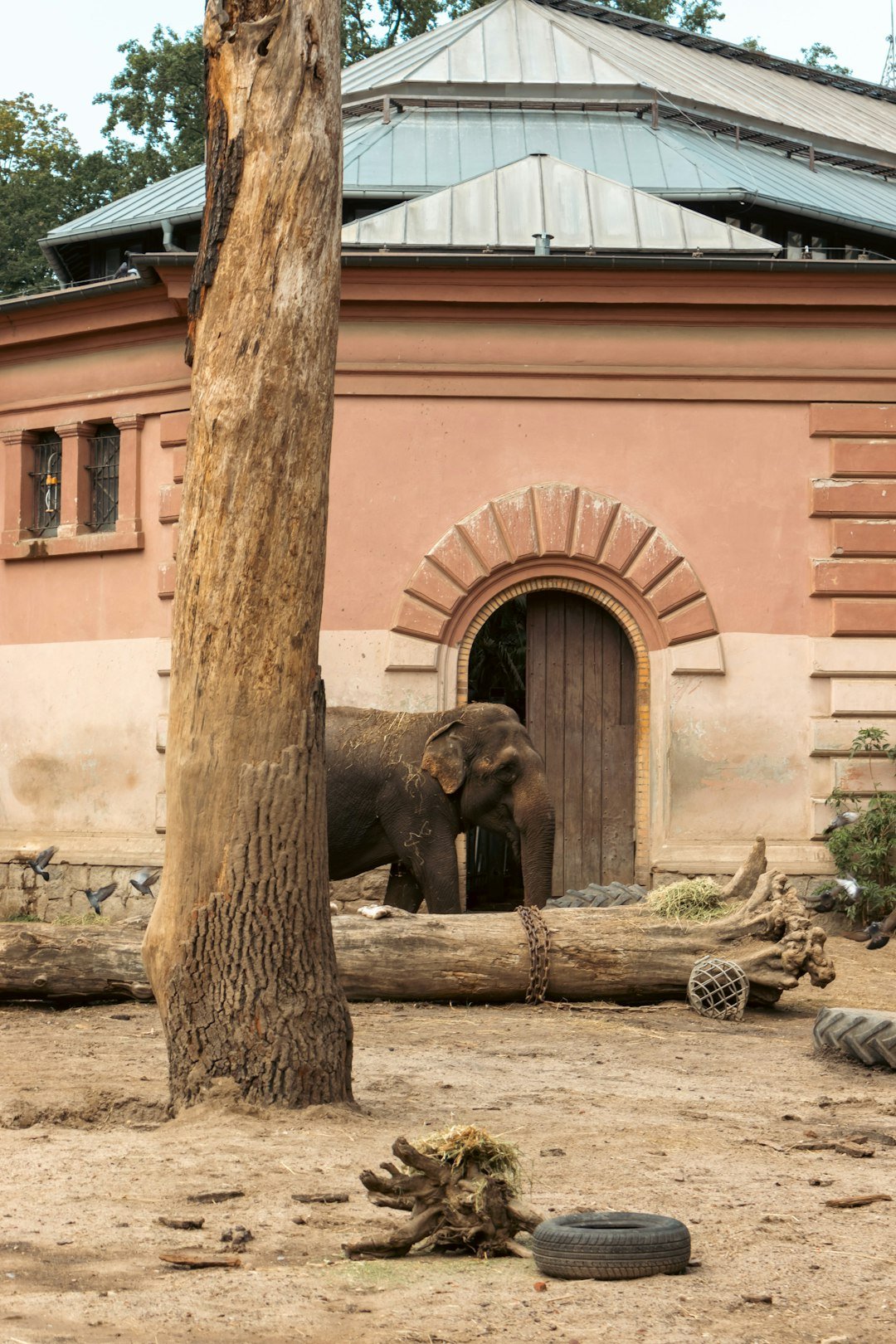
Start by supporting on-the-ground projects that safeguard elephant families where empathy plays out: protected corridors, community conflict-prevention programs, and anti-poaching initiatives. Choose tourism operators that prioritize animal welfare and fund bioacoustic monitoring rather than crowding animals for close-ups. Reduce demand for ivory and other wildlife products in any form, and amplify policies that penalize trafficking networks, not just poachers at the bottom. If you’re a teacher or parent, share the science of elephant care in classrooms; empathy grows when we see it modeled in nature. And if you work in tech or data, volunteer skills to conservation groups translating calls and movement into early-warning systems that save lives.

Suhail Ahmed is a passionate digital professional and nature enthusiast with over 8 years of experience in content strategy, SEO, web development, and digital operations. Alongside his freelance journey, Suhail actively contributes to nature and wildlife platforms like Discover Wildlife, where he channels his curiosity for the planet into engaging, educational storytelling.
With a strong background in managing digital ecosystems — from ecommerce stores and WordPress websites to social media and automation — Suhail merges technical precision with creative insight. His content reflects a rare balance: SEO-friendly yet deeply human, data-informed yet emotionally resonant.
Driven by a love for discovery and storytelling, Suhail believes in using digital platforms to amplify causes that matter — especially those protecting Earth’s biodiversity and inspiring sustainable living. Whether he’s managing online projects or crafting wildlife content, his goal remains the same: to inform, inspire, and leave a positive digital footprint.




